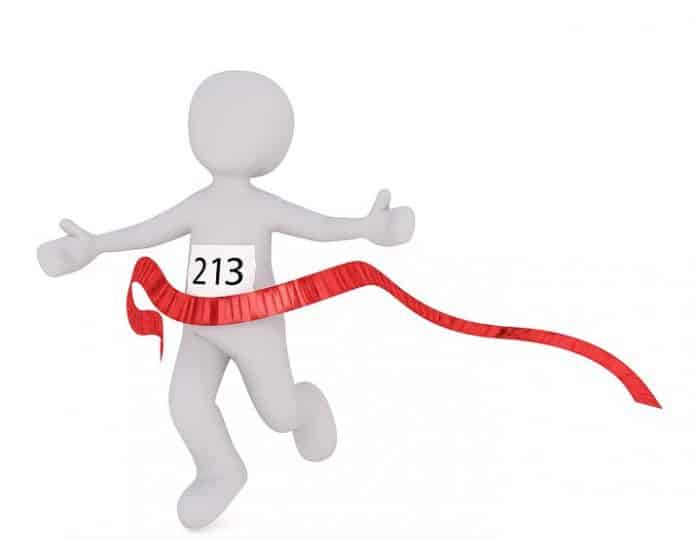Families feel time poor, driven from one thing to another, back to back.
Forever on the go, much gets done, but not much is actually accomplished. The hurry from here to there, the distraction of messages, the back-to-back nature of the self against stillness and reflection – the hum gives no room for silence.
Simply, there is too little time to spend with one another other than in the transitions between things.

At school, the hurry to finish assessments and the focus on getting things done lead to a huge compromise in the lives of our students.
The students, in this busy distracted world, are not being given a chance to learn how to learn.
A crowded curriculum is anathema to learning. As one leading educator told me recently, “There is too much breadth and not enough depth”.
The distance between learning and simply perfunctory doing can be seen in this: I was working alongside some students who were required to do research on an area of business. The research required students to answer a wide range of questions. Each question or aspect of business touched on was of itself, deeply interesting.

However, most of the students were in a hurry to finish. They simply wanted to do what was necessary to complete the task. In their hurry to completion they compromised their learning. They did not question deeply, did not reflect, did not critique or even evaluate the accuracy of the data they were researching.
However, in terms of educational structures – they were doomed to fail in real learning. They were given little lead time to do the work, no class time to discuss the work and the task was given in conjunction with five other tasks from other subject areas. Each subject area was demanding, articulating a selfish priority.
The students were overwhelmed.
They had no time to learn how to learn to successfully complete the task I saw, nor any task to any standard that would constitute real learning.
It was simply a case of poor school-wide planning, outsourcing the idea of deep learning to students and then “managing” the obvious and predictable resulting stress by telling the students they needed to “focus” and be better organised.
To learn to learn takes time. In cognition, and in the development of thinking, educators talk about a growth mindset. They discuss the development of neural pathways that create deeper ways of thinking and knowing.
Learning to learn does not easily come from drowning in too much work.

“Time takes time”
Experience comes with the passing of time. It cannot authentically be gleaned from books or movies and it cannot be “created or manufactured” through memorised template answers. Learning to learn requires that schools and families create structures that allow time for real, deep learning. Not move at a pace so fast that nothing is learned except how to do what is necessary to get by.
Learning to learn
In the hurry to complete tasks, nothing is truly finished

Reading Time: 3 minutes



